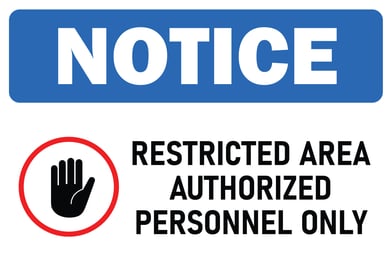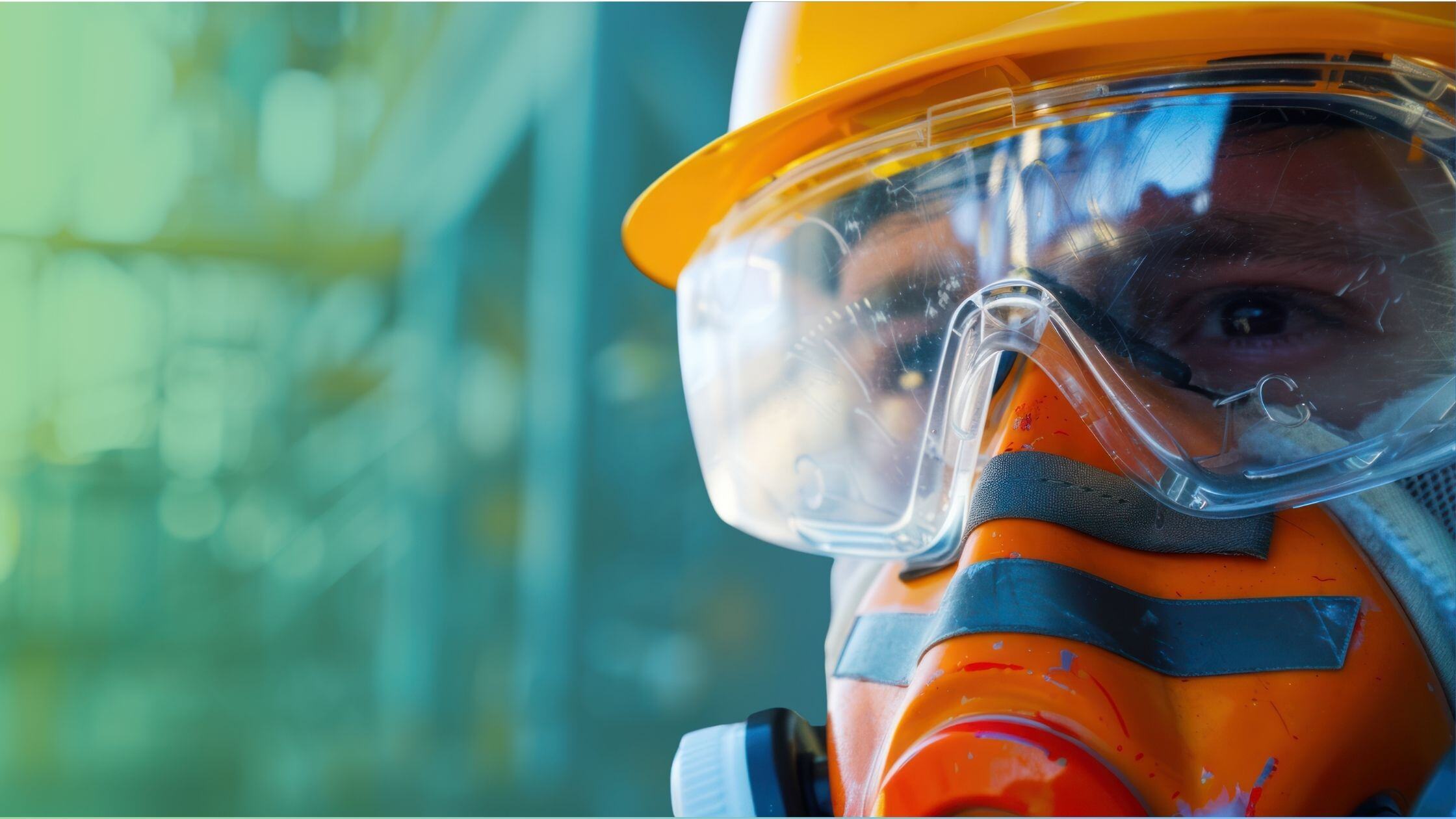One of the simplest steps in creating a safer work environment is minimizing the safety hazards present in the workplace. Fewer hazards will inherently create a safer environment for workers. Of course, just because this is simple doesn’t mean it’s easy. Sacrifices and strategic decisions often need to be made in order to minimize safety hazards. But it can be done – and often needs to be done to help protect workers. While the hazards in every workplace are a little different, let’s explore some of the common ways that safety hazards in the workplace can be reduced in one way or another.
Identify and Analyze Current Hazards
The first step in minimizing workplace hazards is always to identify and analyze the existing hazards that you know about. It’s impossible to eliminate a safety hazard or even reduce the likelihood that it’ll cause a problem if you don’t know about it. Plus, sometimes just knowing about a safety hazard is half the battle in terms of minimizing its impact.
However, if you can identify a safety hazard and analyze why it’s a potential problem, there could be a way to eliminate it or reduce the risk it poses. But it all starts with being able to identify every hazard that exists in the workplace and understand why it poses a safety risk to employees. That’s always the first step in trying to minimize the risk of certain hazards.
Label Everything
This is a simple step, although it’s often effective in improving workplace safety. Putting a label on everything in the workplace, especially hazardous items, can go a long way toward keeping workers safe from them. As mentioned earlier, knowledge is often half the battle with workplace safety. Therefore, labeling everything from equipment to hazardous materials to areas of the workplace that are unsafe will always be helpful.
In fact, there is almost no limit when it comes to putting up warning signs and labels in the workplace. Labels can simply warn people about potential dangers or give them instructions on how to protect themselves. Obviously, slapping a warning label on something doesn’t eliminate it as a potential safety hazard. But it will tell people what they need to know about that safety hazard and how to reduce the risk of it causing an accident as much as possible.
Authorized Personnel Only
One specific label that can be used in the workplace is “authorized personnel only.” This type of signage can help keep people away from areas where they don’t belong because the risk to their safety is too high. Obviously, this will only apply to certain workplaces that have dangerous areas. However, for a workplace that has dangerous chemicals, equipment, or another reason why personnel should be limited in a certain area, such signage needs to be used. The fewer people who are allowed to go to a certain area, the fewer people are at risk of the safety hazards that exist in those areas.

Keep Employees Educated and Informed
As mentioned, knowledge is a huge tool in either minimizing hazards or keeping workers protected. All of the information that’s available about safety in the workplace should be shared with employees. This comes in the form of safety training, toolbox talks, and any other way that information can be shared. Specifically, employees need to know about every hazard, the risk that hazard presents, and what can be done to reduce the risk they pose.
The trick is making sure that this information isn’t just shared one time. Education regarding safety information should be shared frequently so that employees are constantly reminded about the safety hazards that exist and what they can do about them. This is the best way to minimize risk and keep employees safe.
Dress Code and PPE
Surprisingly, dressing properly can go a long way toward minimizing safety risks. It’s important for employers to consider the types of clothing that make sense for specific types of jobs. For some positions, it can be as simple as wearing the right pair of shoes. In other cases, it’s eliminating loose clothing that could create a potential hazard. Of course, the use of personal protective equipment (PPE) is essential to protecting employees in certain environments.
Obviously, wearing PPE doesn’t do anything to eliminate the danger. However, wearing protective gloves, eyewear, or hard hats – among other forms of PPE – can prevent injuries in case there is a mistake or an accident, which will ensure that employees remain as safe as possible.
Two-Way Communication
Sharing information is a critical part of workplace safety, but don’t forget that this is a two-way street. Employees should be able to share information just as easily as they receive it. Keep in mind that they are the ones working around safety hazards on a daily basis. They will be able to learn ways to stay safe and share ideas about how to improve workplace safety.
Workers may even be able to come up with ideas about how to fully eliminate a safety hazard without sacrificing the quality of their work. Likewise, the ability to raise concerns about safety is critical to minimizing hazards and safety risks. This means every workplace must maintain two-way communication with employees to help them stay ahead of safety hazards.
Keep Everything Clean
Workplace cleanliness often goes hand in hand with workplace safety. Part of the reason for this is that both involve being detail-oriented. If a business is going to be particular about keeping the workplace clean, there is a good chance it’ll have the same approach with regard to keeping employees safe. But it goes beyond that because clean work environments make a place safer.
Paying attention to cleanliness means there won’t be loose debris that can become a hazard for trips and falls. It also means that emergency exits or equipment like fire extinguishers won’t be blocked or hard to reach. These are the types of little details that help to minimize safety hazards and create a safer workplace. After all, workplace safety is all about the little details.
Inspect and Maintain Equipment
The role of safety inspections and routine maintenance can’t be understated when it comes to minimizing safety hazards. Any business that’s serious about workplace safety will conduct regular safety inspections. These inspections will assess all of the current safety hazards that are already known while also looking for previously unknown safety hazards.
This is one way to help update the information that employees need to have about the safety hazards that exist. At the same time, performance inspections and routine maintenance of tools and equipment in the workplace can ensure that they are working properly. When equipment malfunctions, the risk of an accident or injury becomes greater than employees have been led to believe.
Needless to say, this is a recipe for disaster. But by maintaining the equipment that’s used in the workplace, employees can trust that they’ll be safe and won’t have any surprises that could threaten their safety.
Address Hazards Immediately
If new safety hazards are discovered, it’s important to address them immediately before they can lead to a problem. If there is an issue with a piece of equipment discovered during an inspection, employees shouldn’t be asked to use that equipment until new safety procedures can be put into place.
One of the biggest keys to workplace safety is staying ahead of the curve when it comes to hazards. The same logic applies to short-term risks like cluttered or slippery floors. These create new safety risks that can usually be handled rather easily. But it’s still important that they be cleaned up and addressed as soon as possible to quickly eliminate them as potential safety hazards.
Use Tools with a Purpose
Speaking of tools and equipment, it’s vital that they are only used for their intended purpose. Of course, employees should be aware of any safety concerns or mitigation techniques associated with every tool and piece of equipment. But there is no way of knowing about any potential safety hazards if something is used other than its intended purpose. This creates a sense of uncertainty, which goes against the principles of workplace safety.
Employees always need to know how to protect themselves from danger when using a particular piece of equipment. But if they’re asked to use that equipment to do something they haven’t been trained to do, there could be safety hazards that they don’t know about and aren’t prepared to mitigate.
Create a Culture of Safety
Ultimately, the best way to minimize safety hazards and the risk of accidents is to create a culture within the workplace that values the health and safety of employees. Employers can use both words and actions to send a message that employee safety is the most important thing. This will encourage employees to take safety procedures seriously and look for ways to improve the company’s approach to safety.
The biggest key is in the attitude and approach that a business takes toward safety. It starts at the top and trickles down to employees on the front line. Therefore, if the leaders of the company put an emphasis on minimizing safety hazards, everyone in the company will do the same.

